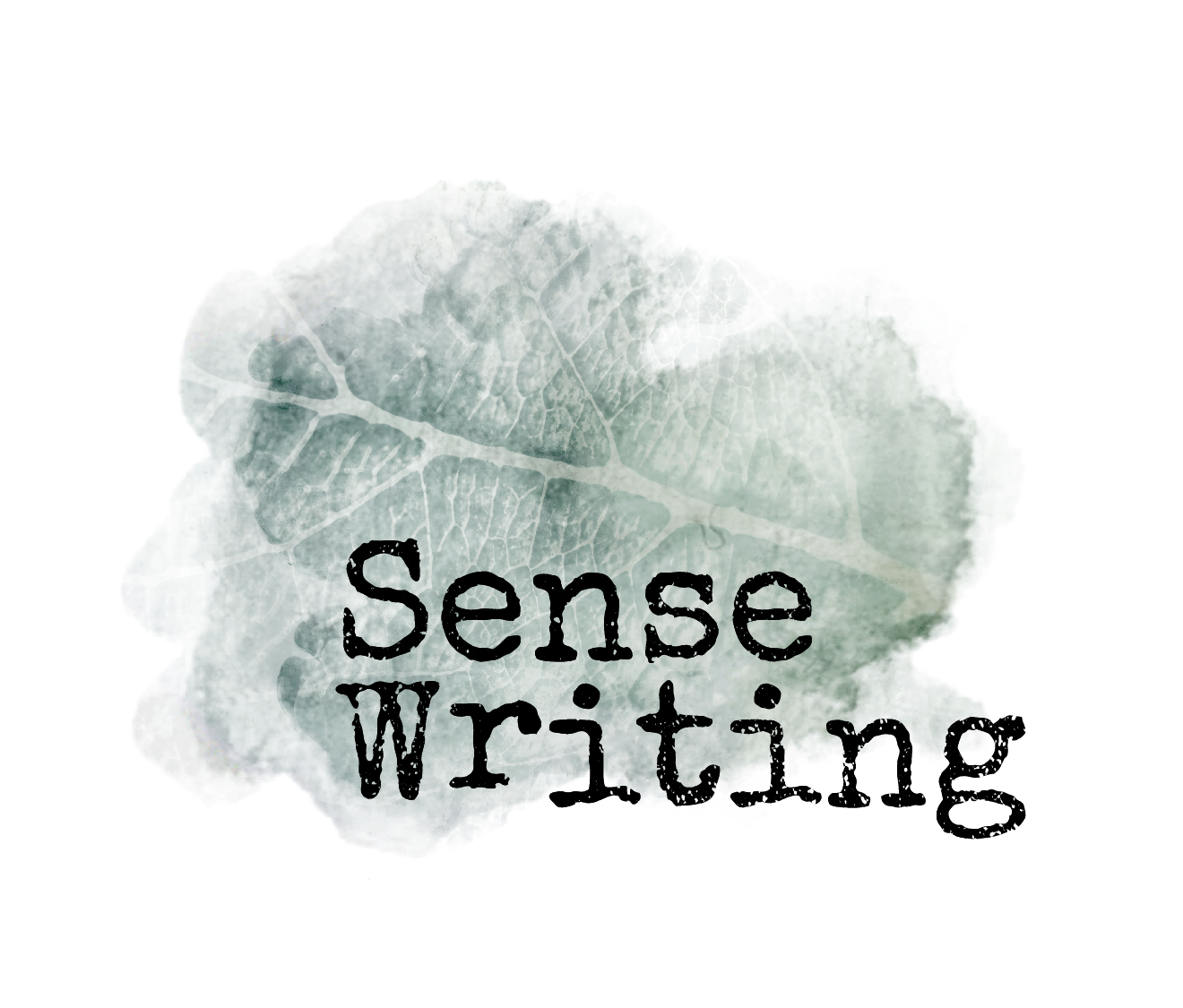“Oliver Sacks kept writing essays which he titled, ‘Neurology of the Soul.’ He would then change the titles in various ways, but at some profound level that is what he was writing about.”
-Lawrence Weschler, Sacks’ biographer on Sack's writing at the end of his life.
Using Science to Get Over the Fear of Writing
The fear that overcomes those who write and want to write is often completely irrational; what is there to be afraid of, really? And yet there we are, avoiding the very thing we want to be pursuing and being our own proof that using reason to shoot down stubborn feelings isn’t the simple solution it might sound like.
But what if we could use a little bit of science to build a more generative writing practice? What if we could delve into practical applications of neuro-sensory methods to harness the nervous system’s natural balance and unlock our voices as writers?
Science and its public image of clear, rational answers used to be the last place I would have wanted to look to get over the personal, amorphous fear of writing.
Getting Over My Fear of Science
I’ve been interested in the intersections between science and art since I was an undergraduate, but even so I would have hesitated to step too deeply into Western science for “answers" to questions about artistic creativity.
After all, my studies layered in a healthy skepticism of the underlying philosophies of Western science; even just starting this inquiry, I could imagine reductive explanations suddenly shooting down from the sky like a 1950s American movie poster for impending doom:
The brain is a large computer!
The right side of the brain is the seat of creative thinking!
Our thoughts are in our neurons!
These are just a few of the many examples of how scientific reductionism has tried to get a somewhat forceful grip on consciousness. And it’s the kind of deterministic thinking and language that could suck the air out of any creative impulse!
It's the kind of reductive thinking that used to make me feel claustrophobic and wheezy.
Protecting the Ones Who Wonder
And in a bigger picture, it’s true that science’s obsession with reason and linear explanation has created an unsafe environment for the artist’s soul.
There is a long history in science and medicine of pathologizing “abnormal" behavior, marginalizing those who thought and acted differently. Science often reflects normative forces, enforcing passing definitions of correct behavior – and where does that leave the creative thinkers, the iconoclasts, the ones who wonder?
This pursuit of and belief in reason have led generations of scientists to chase after reductive explanations: butterfly catchers pinning down wings, fixing labels. Reductionism has brought many great discoveries (antibiotics!), but it has also brought many scientists to its limits.
Biologist Stuart Kauffman in his book, Reinventing the Sacred: A New View of Science, identifies a scientific worldview that is now forming in biology that moves past reductionism, a worldview "that reaches to emergence and to vast unpredictability and unending, ever new diversity and creativity.”
That sounds more like art!
These days, cognitive scientists and neurobiologists are exploring ever-yielding frontiers of their fields, moving beyond reductionism and the model of the brain as machine (without throwing the baby out with the bathwater).
Science is changing, and the scientists who were once on the margins (like Kauffman and my mentor from university, Botanist Rolf Sattler) are leading the way to more holistic ways of thinking, where human beings and nature are no longer divided into subject and object but are seen as parts of a whole.
A Shared Terrain
As we’re becoming more accommodating of the in-between places, I believe that it’s becoming safer for the artists to step into this expanding intersection between science and art, to what I believe the writer and neurologist Oliver Sacks was referring to as “the neurology of the soul.”
I have come to believe that it is in this shared terrain that artists can learn to grow even more intimate with their own creative process, refine its regulation, and have more choices, more agency, more pleasure, and more sustainability.
In turn, scientists can start to closer to their own creative process and hone their intuition. They can be more engaged and empathic towards the big picture, motivated more by pleasure and curiosity and less by exhausting external pressures.
In other words, artists and scientists can share a terrain of creative exploration that fuels each others’ practices— rather than being stuck in the forbidding philosophies and movie poster outlines of seven decades ago.
Explore this shared terrain and unleash your creativity. You can study Sense Writing, the unique neuro-sensory approach to writing and the creative process, from anywhere around the world.



